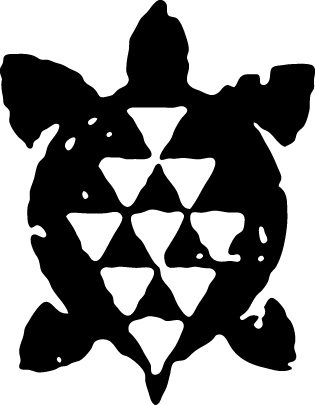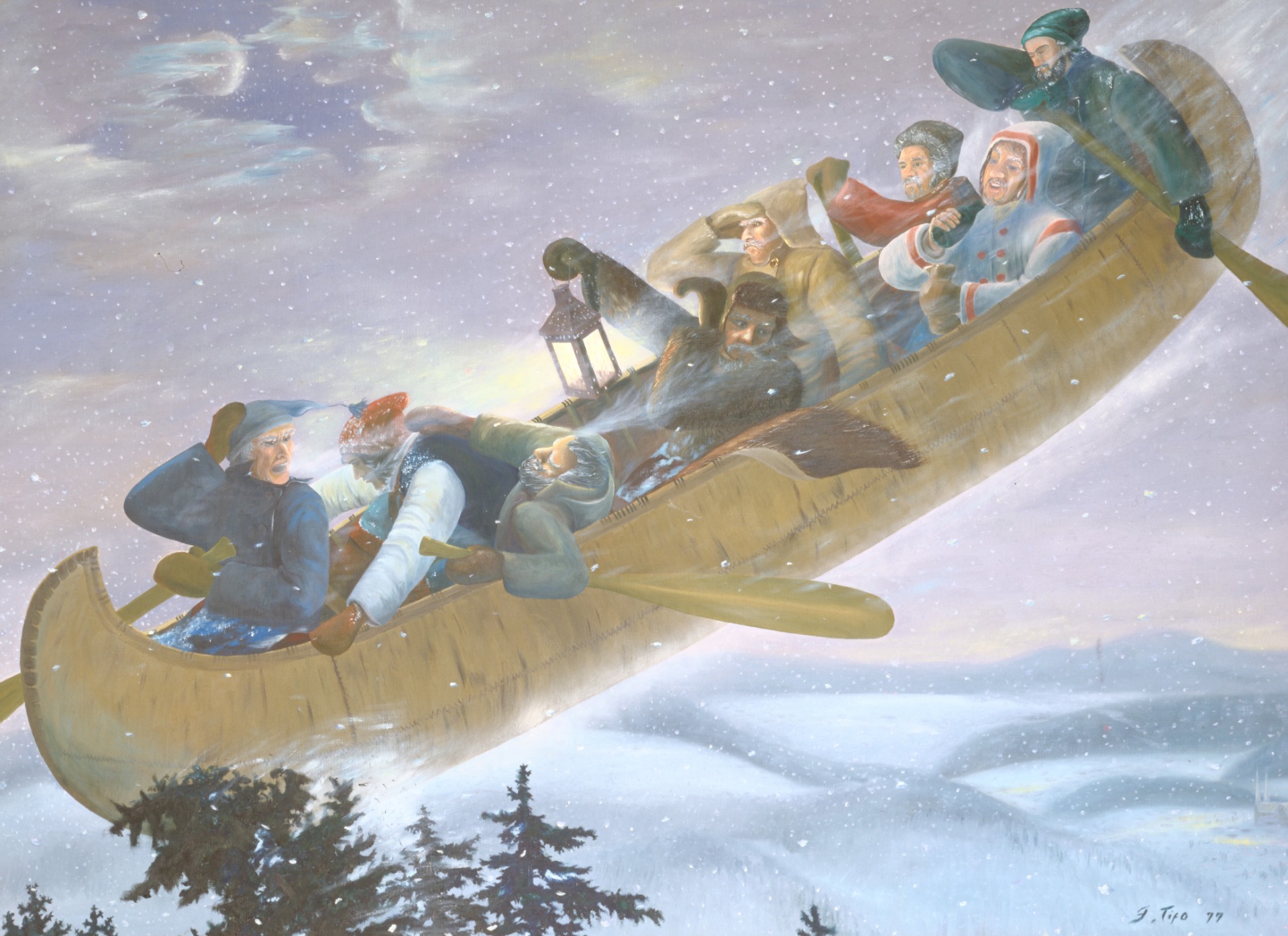
 0
0Canoes: A part of our mental landscape ✨

Did you know that the folktale La Chasse-galerie is based on an Indigenous legend about a bark canoe?
The legend of La Chasse-galerie (flying canoe) was originally published by Honoré Beaugrand in 1891. It told the story of loggers working for the winter in an isolated camp in the Gatineau River Valley, who made a pact with the devil so that they could spend New Year’s Eve with their family and friends.
Here is a short film about this legend made by Robert Doucet and produced by the National Film Board of Canada in 1996 (durée: 10 minutes 39 sec.).
The Canoe and Indigenous identity

Here is a fine example of the reappropriation of the canoe symbol by an Indigenous artist.
Nadia Myre presents in her work an allegory of the dual indigenous identity: ancestral traditions and colonialism, millennial know-how and industrialization, creating a complex dualism at the meeting of these realities.
Would you like to discover the entire myth about the little beings known as Tiken'ah, as well as other tales that are part of Indigenous culture?
Manon Sioui recounts the myth of these little beings in the book Tell Me About the Harmony of the World: Indigenous Memories Through Tales, Myths, and Legends (FNQLSDI, 2019). This multilingual (Indigenous language, French and English) collection of tales, myths and legends tells several stories accompanied by magnificent colour illustrations.